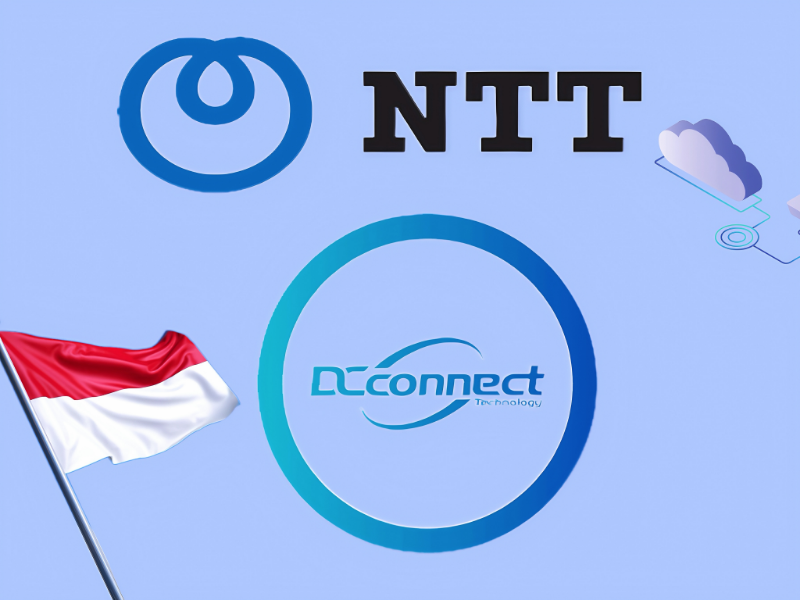- NTT achieves 455 Tbps in a field test using multicore fibre cables and massive MIMO signal processing, with stable transmission even under environmental conditions like wind and rain.
- The breakthrough allows NTT to use 12 fibre cores for parallel transmission, increasing capacity by over 50 times compared to conventional systems, with potential for future high-capacity optical networks.
What happened: NTT’s multicore fibre breakthrough
Japan’s NTT has announced a breakthrough in high-capacity backbone networking, achieving stable signal transmission at 455 Tbps using multicore fibre cables and massive MIMO signal processing. This success was demonstrated in a field test simulating environmental factors like wind, rain, and civil works, which often disrupt signal propagation.
NTT explained that, unlike traditional optical networks where data flows through a single core, it has successfully used multiple cores for parallel signal transmission. This increases the number of channels and capacity, while maintaining the same 0.125 mm diameter as current optical fibres. The company coupled 12 fibre cores and used digital signal processing at the receiver to mitigate interference from adjacent cores.
The test saw NTT achieve 455 Tbps over 53.5 km and 389 Tbps over 1,017 km, a distance equivalent to Japan’s main fibre backbone connecting Tokyo, Nagoya, and Osaka. This breakthrough could significantly impact future fibre network capabilities. NTT believes multicore fibre could become a key technology for future optical transmission systems, offering over 50 times the capacity of conventional systems. With increasing global data traffic driven by AI and high-capacity mobile networks, NTT stresses the need for more robust terrestrial optical networks.
The development follows similar milestones by other companies, including Nokia, Telstra, and Verizon, though NTT’s results surpass these speeds with multiple cores working together. While NTT has not specified when this technology will be commercialised, it is working with Fujitsu to develop high-capacity networks for the IOWN concept in the 2030s and the Beyond 5G/6G era.
Also read: AI-enhanced 6G indoor test in Japan improves speeds by 18%
Also read: Tatsuya Kurosaka: Modernising NTT Law and Telecom Policies
Why it is important
NTT’s breakthrough in achieving 455 Tbps using multicore fibre is important for the future of global communications. As data traffic grows, driven by AI and mobile networks, existing systems struggle to keep up. This innovation boosts network capacity by using 12 fibre cores instead of one, allowing faster data transfer while maintaining the same fibre size. It could offer over 50 times the capacity of current systems, addressing the increasing demand for faster, more reliable networks. The test demonstrated that the technology can work under challenging conditions, such as wind and rain, making it more resilient. This breakthrough has the potential to transform optical transmission systems, enabling faster and more robust internet connections. While still in development, NTT’s collaboration with Fujitsu aims to commercialise this technology in the 2030s, contributing to the evolution of 5G/6G networks.

